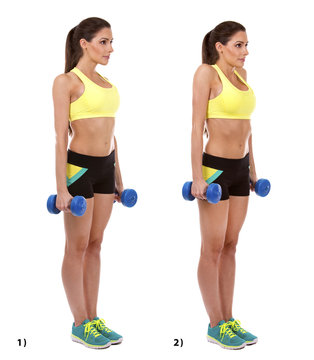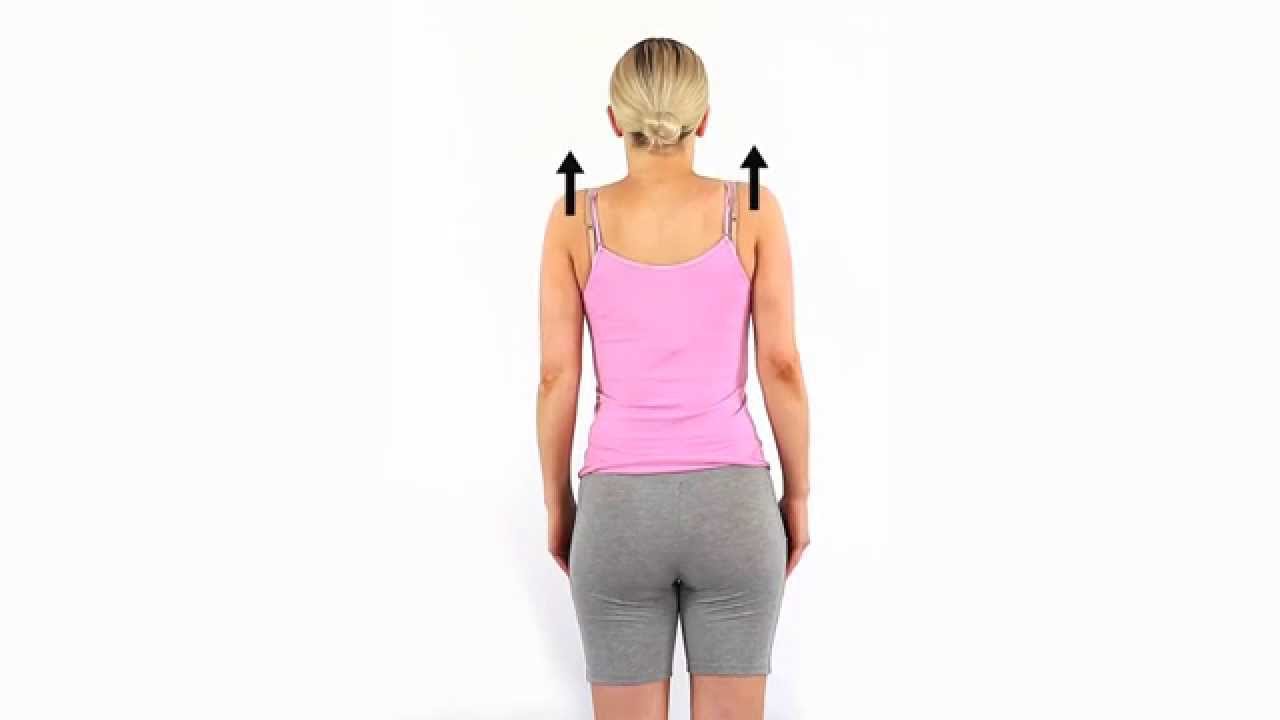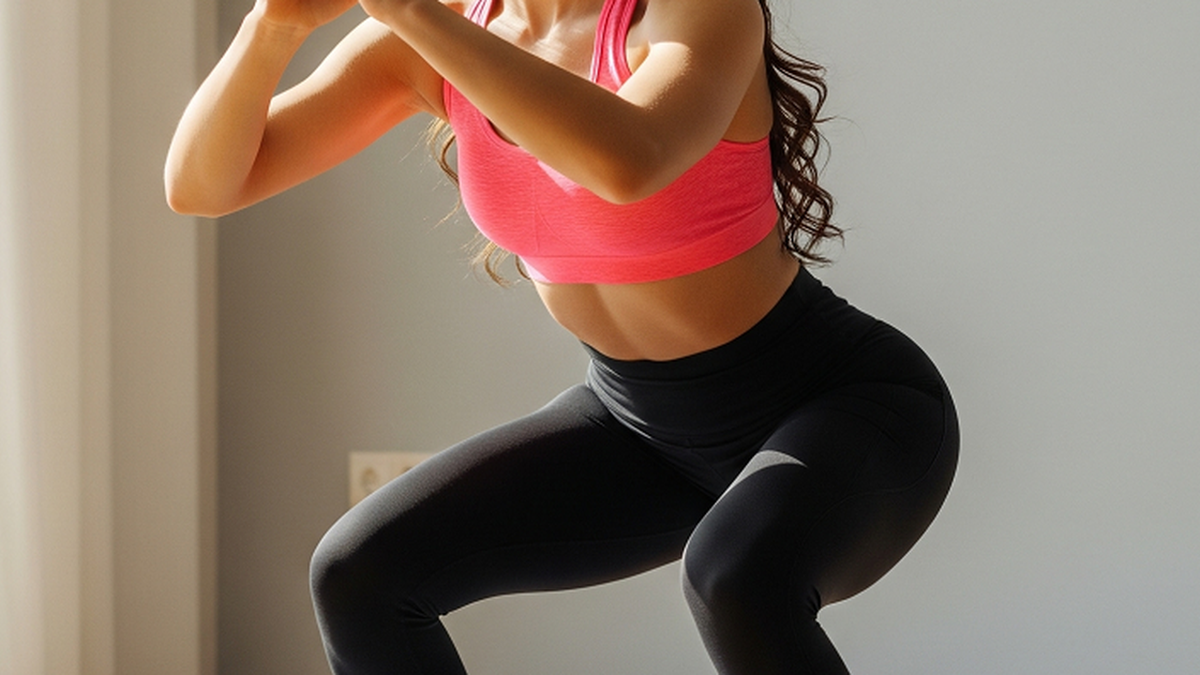Shoulder shrugs affect the upper trapezius muscles, strengthening the shoulder muscles, improving posture while reducing stress and neck and shoulder pain, especially for those who have to sit for many hours in front of a computer screen.
Benefits of shoulder shrugs
The shoulder shrug is a simple yet effective exercise that primarily targets the trapezius muscles in the upper back and shoulders. This move offers many benefits for overall fitness, posture, and injury prevention, including:
- Strengthens the trapezius: The main muscle worked in a shoulder shrug is the trapezius, which extends from the back of the head down the middle of the back. Strengthening the trapezius improves shoulder stability and enhances performance in many upper body movements, such as lifting and pulling.
- Neck pain relief: According to a review published by the South African Physiotherapy Association, shoulder shrugs can help relieve pain and relax the upper back, neck, and shoulders by increasing support for the muscles in these areas of the body.

Shoulder shrugs work the trapezius muscles to help relieve neck and shoulder pain.
- Improve posture: Regular practice of shoulder shrugs can help counteract the effects of prolonged sitting and slouching, promoting better alignment of the spine and shoulders. This is not only important for improving posture but also reduces stress on the neck and upper back.
- Prevents the risk of injury: Strong trapezius muscles help support the neck and shoulders, reducing the risk of injury. Shrugging can strengthen the trapezius muscles, helping them recover better from stress and overuse injuries, especially for people who play sports or are physically active.
- Increase mobility and reduce stress: Performing shoulder shrugs can increase the range of motion of the shoulders. This movement is beneficial for many different daily activities and sports, as it helps increase flexibility and ease of movement in the upper body.
Additionally, this shoulder exercise can also help relieve stress, promoting relaxation and a sense of well-being.
How to do a shoulder shrug?
To perform the shoulder shrug correctly, reducing tension in the shoulder and neck muscles, follow these 7 steps:
- Stand up straight with your feet shoulder-width apart. Hold a dumbbell in each hand with your arms hanging straight down at your sides. You can also do the exercise without dumbbells.
- Keep your back straight, shoulders relaxed and core tight, make sure your head is in a neutral position and looking straight ahead.
- Take a deep breath, prepare for the move.
- As you exhale, lift your shoulders straight up toward your ears, focusing on contracting your trapezius muscles during this movement.
- Hold this position for 2-3 seconds to maximize muscle engagement, avoiding shoulder rotation as the movement must be vertical.
- Slowly lower your shoulders back to the starting position while inhaling. Maintain control throughout the movement to ensure proper form.
- Do 10-15 repetitions for 2-3 sets. You can increase the number of repetitions as you strengthen your shoulders.

Shoulder shrugs can be done with or without weights.
Mistakes to avoid when shrugging
To avoid the risk of injury or increasing existing pain, you should avoid the following mistakes:
- Using weights that are too heavy: Many people start with weights that are too heavy, which can negatively impact their posture and potentially put additional strain on their shoulder muscles. Therefore, it is better to start with light weights and gradually increase the weight as your strength improves.
- Poor posture: Not keeping your back straight can lead to unnecessary stress on your spine. Make sure your back is straight and your shoulders are relaxed before starting the shrug.
- Shrugging your shoulders too high: Raising your shoulders too high can strain your neck muscles. Therefore, you just need to focus on raising your shoulders up to your ears, hold for a few seconds, then return to the starting position.
- Bringing the shoulders forward: When the shoulders are brought forward, it can lead to incorrect muscle tension, so the correct posture for the movement is to keep the shoulders straight while performing the exercise to effectively target the trapezius muscles.
- Uneven breathing: Holding your breath while exercising can lead to tension. Exhale as you lift your shoulders and inhale as you lower them, maintaining a steady rhythm.
Who should avoid shrugging?
Although shoulder shrugs are safe and quite beneficial for improving mobility and flexibility of the shoulders and neck, people with certain medical conditions should avoid this exercise such as:
- People with acute neck or shoulder injuries or severe arthritis may aggravate their pain by performing this or any other high-intensity shoulder exercise.
- People recovering from recent shoulder or upper back surgery should avoid performing until cleared by a healthcare professional.
- People suffering from chronic headaches or stress-related problems should also consult their doctor before incorporating shoulder shrugs into their daily routine.
Source: https://giadinh.suckhoedoisong.vn/cach-nhun-vai-giam-dau-co-vai-gay-172241108233427507.htm



































































































Comment (0)